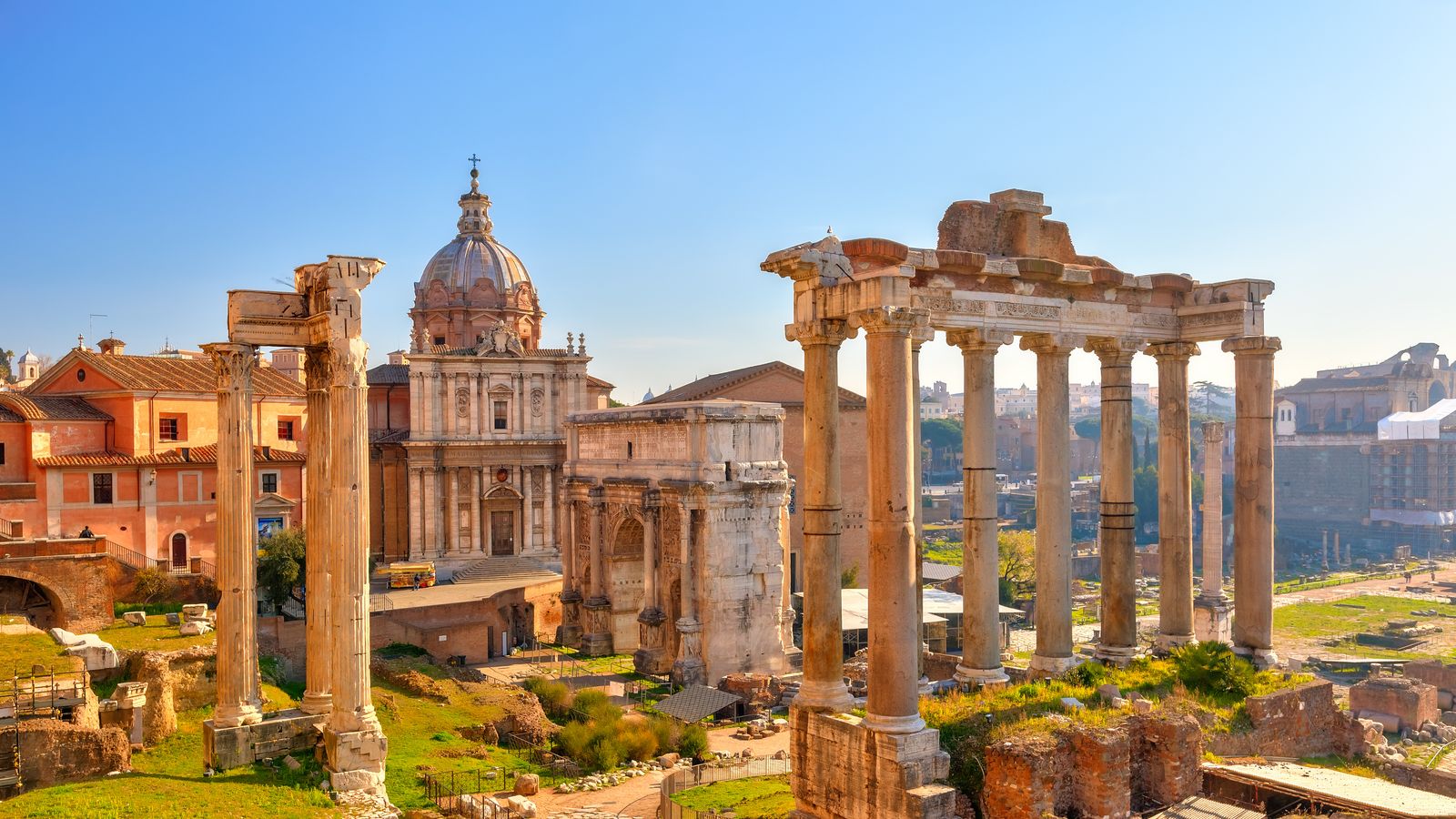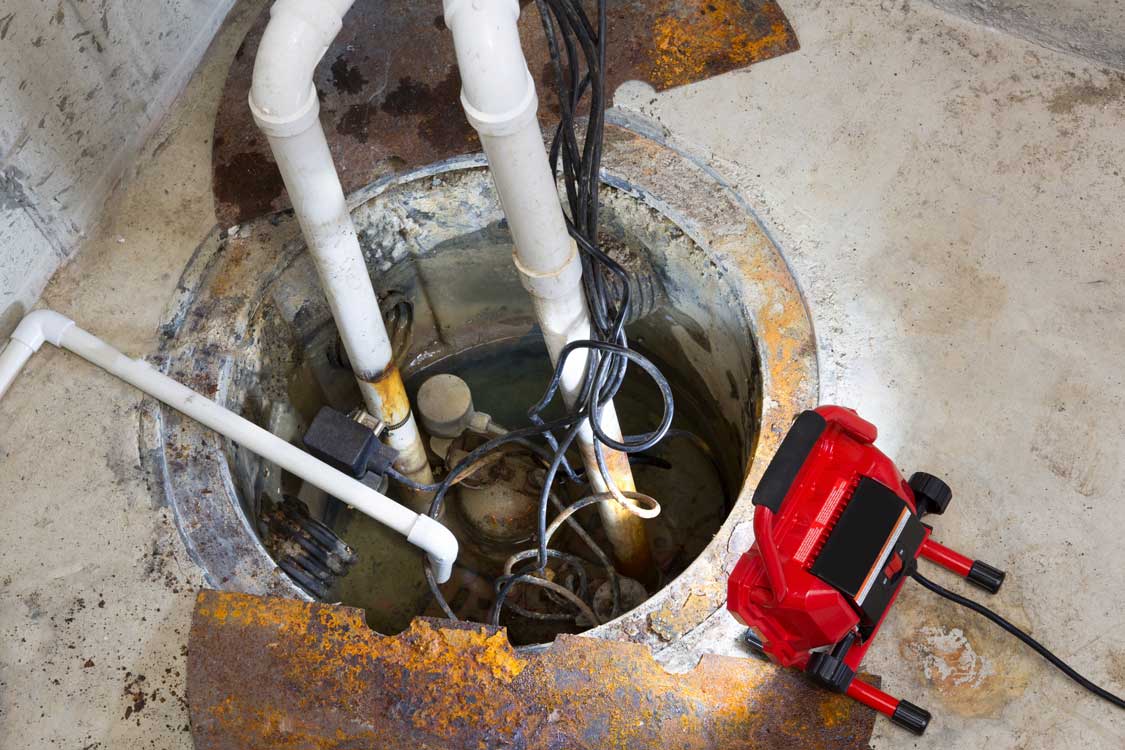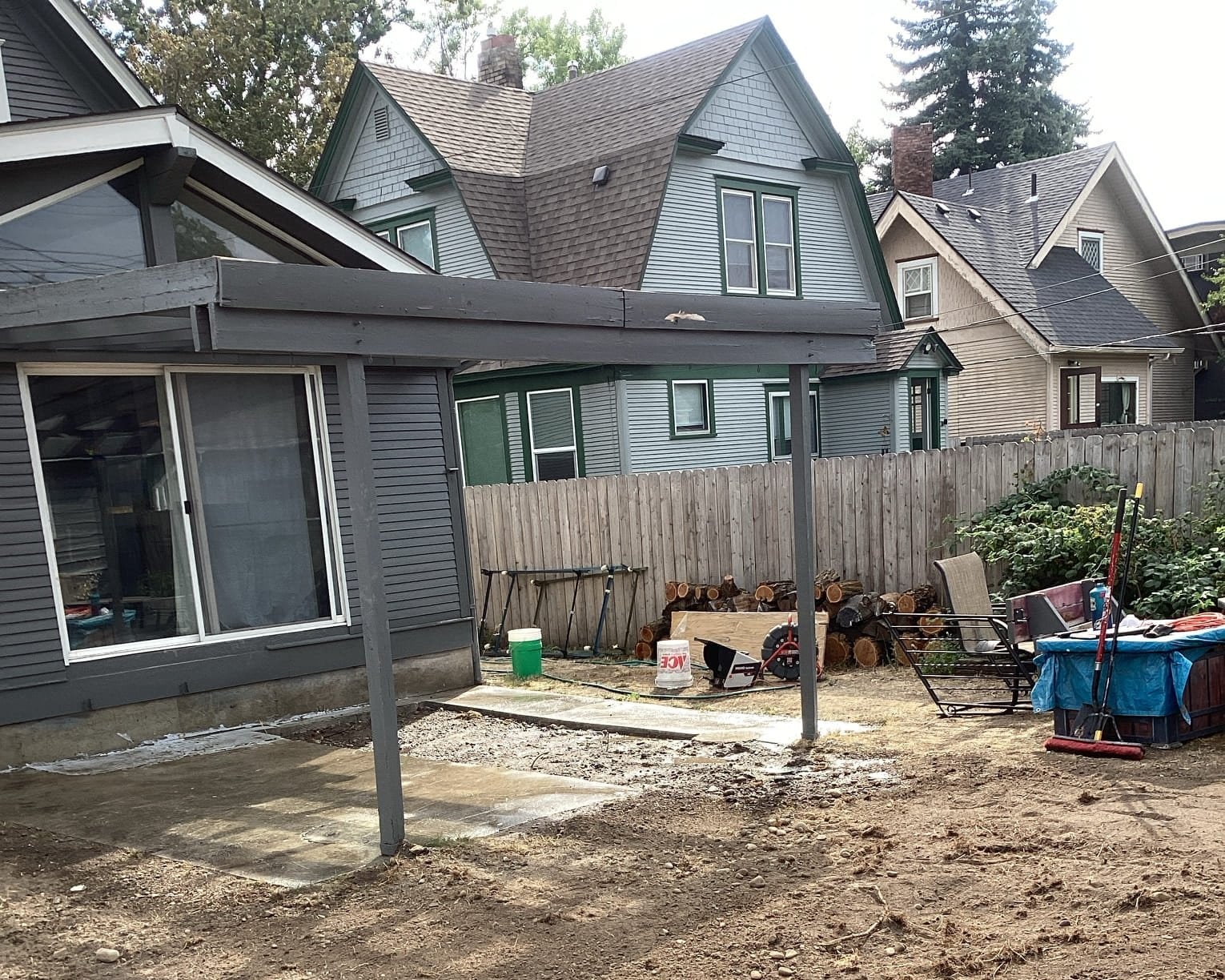Ever think about how cities handled waste before modern plumbing? The Romans didn’t just deal with it—they mastered it in ways that still influence us today. Imagine a city of over a million people, bustling with life and needing a serious plan to keep things clean.
Here’s where it gets interesting: they didn’t just rely on engineering; they brought their gods into the mix. Cloacina, the goddess keeping an eye on the sewers, and Sterculius, the god turning manure into something useful, weren’t just myth—they were part of everyday solutions. The Romans took sanitation to a whole new level, blending practicality with a touch of divine help.
By combining smart ideas with their beliefs, they set the stage for the sewer systems we rely on now. From the impressive Cloaca Maxima to their respect for these sanitation deities, the Romans showed the world how to handle waste with ingenuity and a bit of flair.
The Romans Took Sanitation Seriously
For the Romans, sanitation wasn’t just about tidying up the streets—it was a way of life that tied health, hygiene, and the well-being of the community together. Public baths, aqueducts, and sewer systems weren’t simply conveniences; they were vital to maintaining a thriving society. Clean cities were seen as symbols of prosperity and purity, closely tied to social and religious values.
Responsibility for keeping cities clean wasn’t viewed as an individual burden but a shared community effort. Public latrines were constructed, sewer systems were meticulously designed, and workers were assigned to maintain these essential infrastructures. But their dedication wasn’t purely practical. Romans believed cleanliness had a spiritual aspect, which brought deities like Cloacina and Sterculius into their daily lives.
By blending innovation with spirituality, the Romans created a culture that valued both practical solutions and reverence for higher powers. This approach not only transformed their cities but also served as a model for future civilizations.
The Roman Goddess Cloacina: Guardian of the Sewers
Cloacina held a special place in Roman mythology as the goddess who watched over the city’s sewer systems and purification efforts. Her name likely came from the Latin words “cloaca,” meaning sewer, or “cloare,” meaning to purify. As the overseer of the Cloaca Maxima, Rome’s main sewer system, Cloacina played a crucial role in ensuring the city stayed clean.
To honor Cloacina, the Romans constructed a shrine, the Sacrum Cloacina, in the Roman Forum. Positioned above the entrance to the Cloaca Maxima, the shrine served both as a religious site and a functional part of the sewer system. Here, purification rituals were performed, and prayers and sacrifices were offered to ensure the smooth operation of the sanitation network.
Beyond her shrine, Cloacina’s influence extended to Roman currency. Coins depicting her highlighted her importance as a protector of Rome’s health and cleanliness. Her presence served as a reminder of the vital role sewer systems played in maintaining public well-being.
Sterculius: The Deity of Fertilization and Manure
While Cloacina focused on sewers and purification, Sterculius represented the transformation of waste into something valuable. Known as the god of manure, Sterculius played a significant role in Roman agriculture. Farmers respected him for enriching soil and ensuring successful harvests.
Romans didn’t view waste, especially manure, as a nuisance. Instead, they recognized it as an important part of the agricultural cycle. Sterculius symbolized this perspective, connecting waste management directly to prosperity.
This forward-thinking attitude toward manure was remarkable. By personifying it through Sterculius, the Romans highlighted its importance and elevated waste to a respected component of their society. This mix of practicality and respect still influences farming and waste management today.
The Engineering Marvel of the Cloaca Maxima
The Cloaca Maxima wasn’t just a sewer—it stood as a testament to Roman engineering brilliance. Built around 600 BC, this massive drainage system was designed to handle waste and prevent flooding throughout the city. Initially constructed as an open-air canal, the system was later enclosed and expanded, becoming a central part of Rome’s sanitation network.
Cloacina’s presence was closely tied to the Cloaca Maxima, with her shrine marking its entrance. This connection underscored the spiritual significance Romans attributed to sanitation. The Cloaca Maxima carried waste and rainwater into the Tiber River, protecting the city from disease and ensuring its livability.
The impact of the Cloaca Maxima extended beyond its immediate function. Its design influenced sewer systems across the Roman Empire and served as a blueprint for modern urban sanitation. Even today, remnants of the structure remind us of Rome’s enduring contributions to engineering and public health.
Mythology Meets Engineering: How Deities Inspired Infrastructure
The Romans wove their mythology into public works, using divine figures to inspire and protect their infrastructure. Cloacina and Sterculius weren’t just symbolic—they were seen as guardians ensuring the health and prosperity of the city.
Honoring these gods went beyond rituals. Romans believed divine favor was critical for the success of their engineering projects, especially in sanitation. Workers often dedicated prayers and offerings to Cloacina while maintaining sewer systems, seeking her blessing for smooth operations.
This blend of faith and innovation drove the Romans to achieve remarkable advancements. By linking spirituality with functionality, they created a culture that valued both practical solutions and a sense of purpose, setting the stage for future infrastructure development.
Ancient Practices Shaping Modern Plumbing
Roman innovations continue to shape how modern cities approach plumbing and sanitation. Their aqueducts provided consistent water supplies, while public baths and latrines encouraged hygiene and social interaction. Sewer systems like the Cloaca Maxima established principles still used in urban planning today.
The Romans’ approach, which combined engineering expertise with cultural values, remains relevant in contemporary urban design. From efficient sewer layouts to prioritizing public health, the influence of figures like Cloacina and Sterculius lives on in the systems that keep our cities running smoothly.
Don’t Let Ancient Plumbing Problems Plague Your Home
While the Romans had Cloacina and Sterculius watching over their sewers, you have Bulldog Rooter on your side. With over a decade of experience tackling tough clogs and plumbing issues, our skilled technicians are equipped with the knowledge and tools to keep your home’s plumbing running smoothly.
We understand that plumbing emergencies can happen at any time, which is why we offer 24/7 service. Whether it’s a middle-of-the-night toilet overflow or a weekend sink backup, we’re just a phone call away. Our team is committed to providing fast, reliable service with upfront pricing, so you can have peace of mind knowing your plumbing is in good hands.
From the Cloaca Maxima to your home’s pipes, proper maintenance and prompt repairs are essential for a healthy, functioning system. Don’t let ancient plumbing problems plague your modern life. Call Bulldog Rooter at (509) 687-7001 or email [email protected] to schedule your service today. Bulldog Rooter: tackling tough clogs so you can get back to what matters most.







